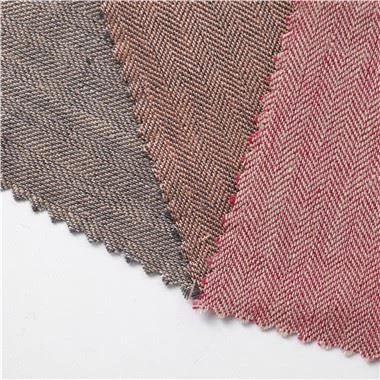What are the properties of acetate fiber?
Mar 27, 2024
Acetate fiber is an artificial fiber produced by esterification reaction using acetic acid and cellulose as raw materials. As a member of the artificial fiber family, acetate fiber is most fond of imitating silk fiber, which is manufactured by advanced textile technology, with bright colors, bright appearance, smooth and comfortable touch, luster and performance are close to mulberry silk.
Chemical properties
(1) Alkali resistance
Weak alkaline agents did not cause significant damage to acetate fibers. After encountering strong alkalis, especially diacetate fibers, they are prone to deacetylation, causing weight loss and a decrease in strength and modulus.
(2) Acid resistance
Acetate fiber has good acid resistance stability. Common sulfuric acid, hydrochloric acid, and nitric acid do not affect the strength, luster, and elongation of the fiber within a certain concentration range, but can be dissolved in concentrated sulfuric acid, concentrated hydrochloric acid, and concentrated nitric acid.
(3) Resistance to organic solvents
Acetate fibers are completely dissolved in acetone, DMF, and glacial acetic acid, while they remain insoluble in ethanol and tetrachloroethylene.
(4) Chromaticity
The dyes commonly used for dyeing cellulose fibers have almost no affinity for acetate fibers and are difficult to dye. The most suitable dyes for acetate fibers are dispersed dyes with low molecular weight and similar dyeing rates.
Physical property
Acetate fiber has good thermal stability, with a glass transition temperature of around 185 ℃ and a melting termination temperature of around 310 ℃. At the end of heating, the weight loss rate of the fiber is 90.78%. The shrinkage rate of boiling water is relatively low, but high-temperature treatment can affect the strength and luster of fibers, so the temperature should not exceed 85 ℃.
Acetate fiber has relatively good elasticity, similar to silk and wool.
When acetic acid fiber is used as a filtering material, the capture of particles mainly includes direct interception, inertial collision, diffusion deposition, gravity effect, and electrostatic effect. In addition to the filtration and adsorption performance of conventional fibers, acetate fibers also exhibit selective filtration and adsorption ability for cigarette tar.







